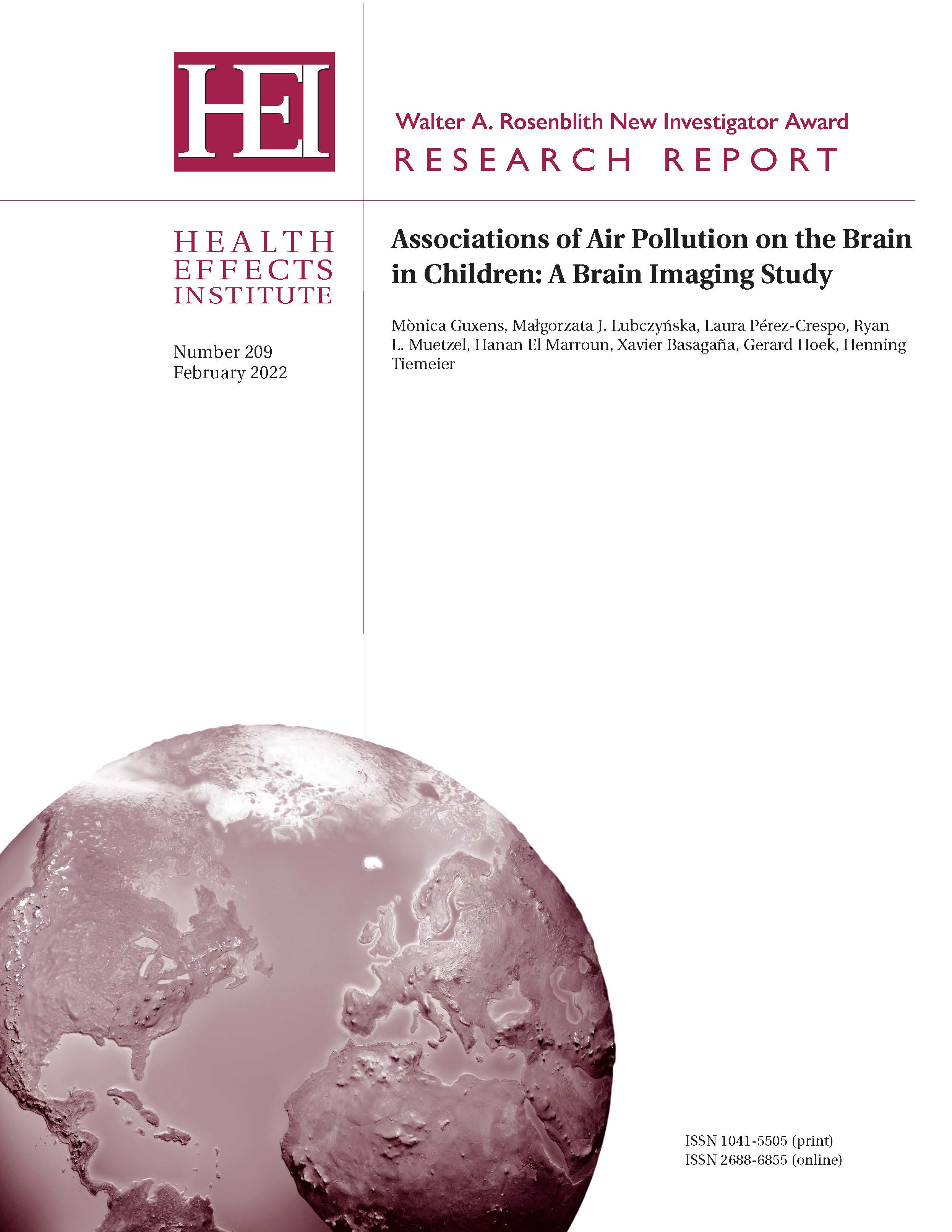You are here
New study examines effects of air pollution on children’s brain development

A new study published by HEI examines whether early life air pollution exposure affects brain outcomes, focusing on brain structural and functional measures in children in Rotterdam, the Netherlands.
As presented in Research Report 209, the investigators found evidence of associations between early life air pollution exposure and various measures of brain structural morphology, structural connectivity, and functional connectivity in children. For example, exposure to air pollution during pregnancy and the first years of life was associated with a thinner cortex in various regions of the brain in school-age and pre-adolescent children.
The study's results add to the limited understanding of air pollution effects on the developing brain, with only a few MRI studies in children to date.
For this study, Mònica Guxens at Barcelona Institute for Global Health, Barcelona, Spain, recipient of HEI’s 2016 Walter A. Rosenblith New Investigator Award, and her colleagues used air pollution data and high-resolution neuroimaging data collected in about 800 school-age children and about 3,100 pre-adolescents and estimated the children’s air pollution exposure before and after birth. The availability of high-resolution neuroimaging data for a large subset of the cohort, the wealth of individual-level covariate data, and estimation of a large suite of air pollution exposure metrics added significantly to the study's results.

